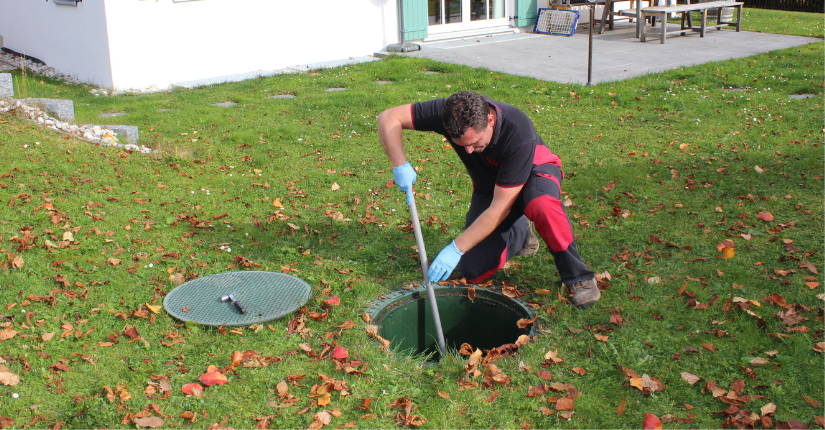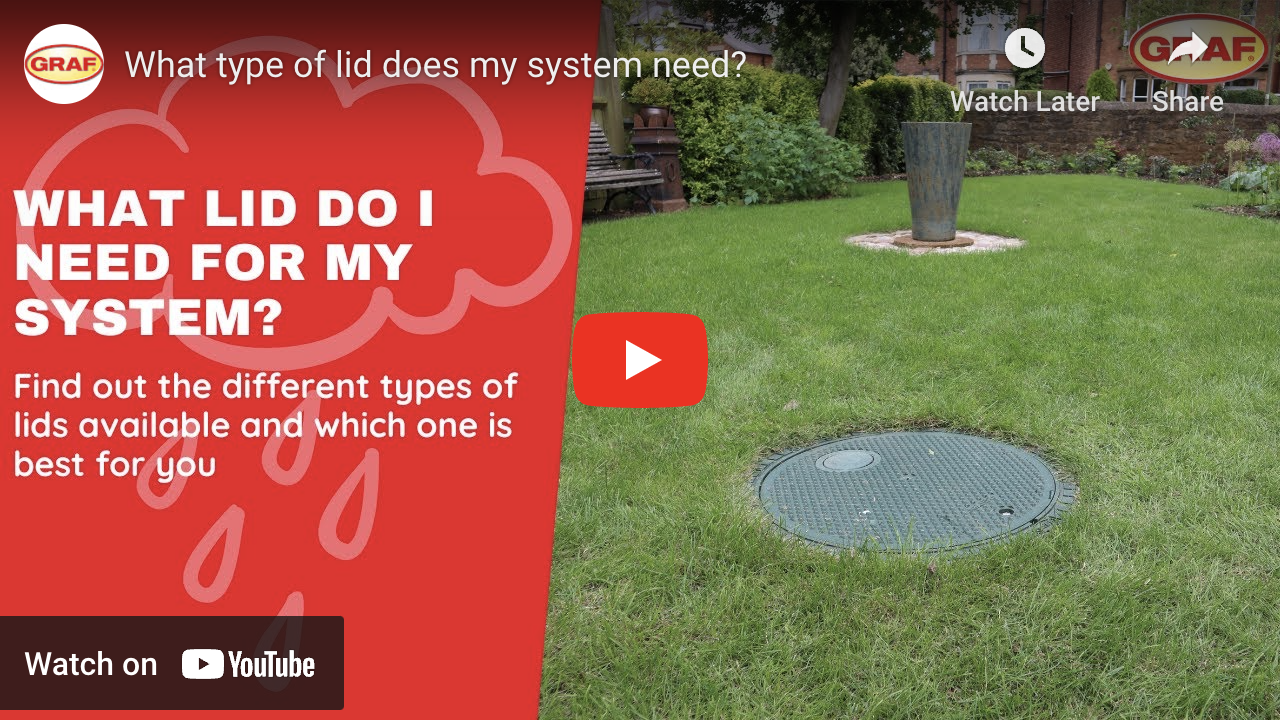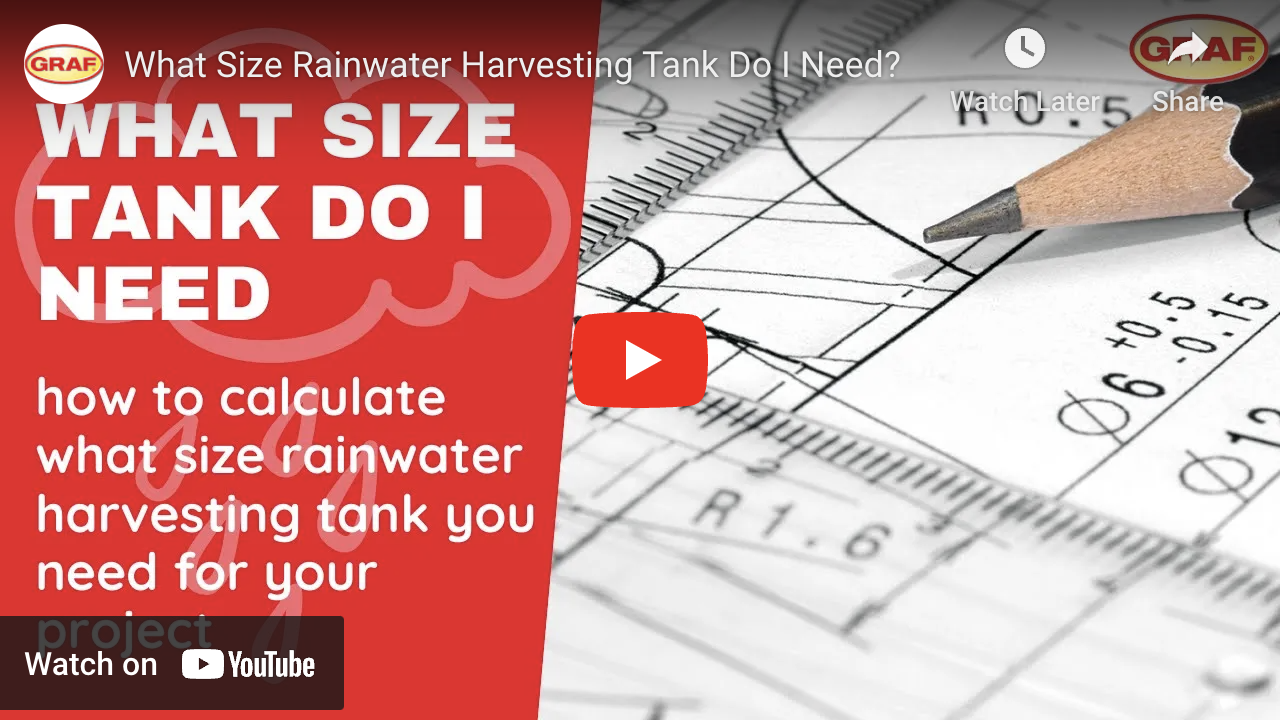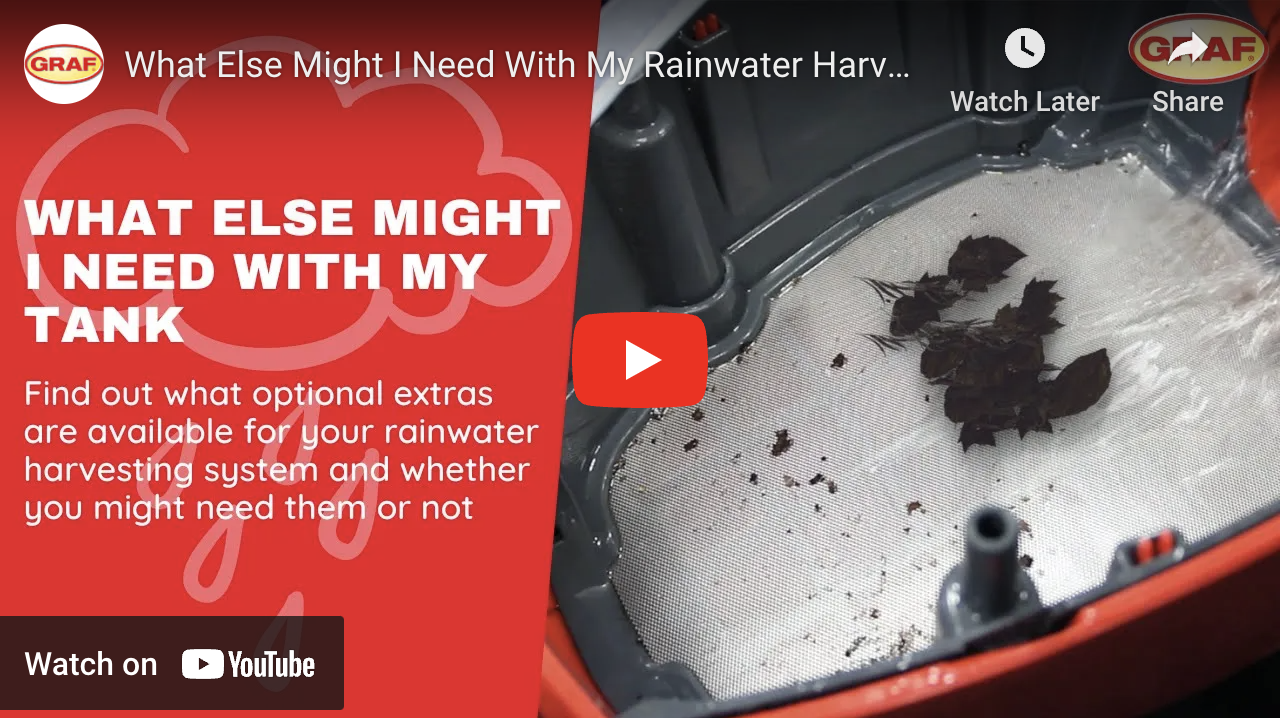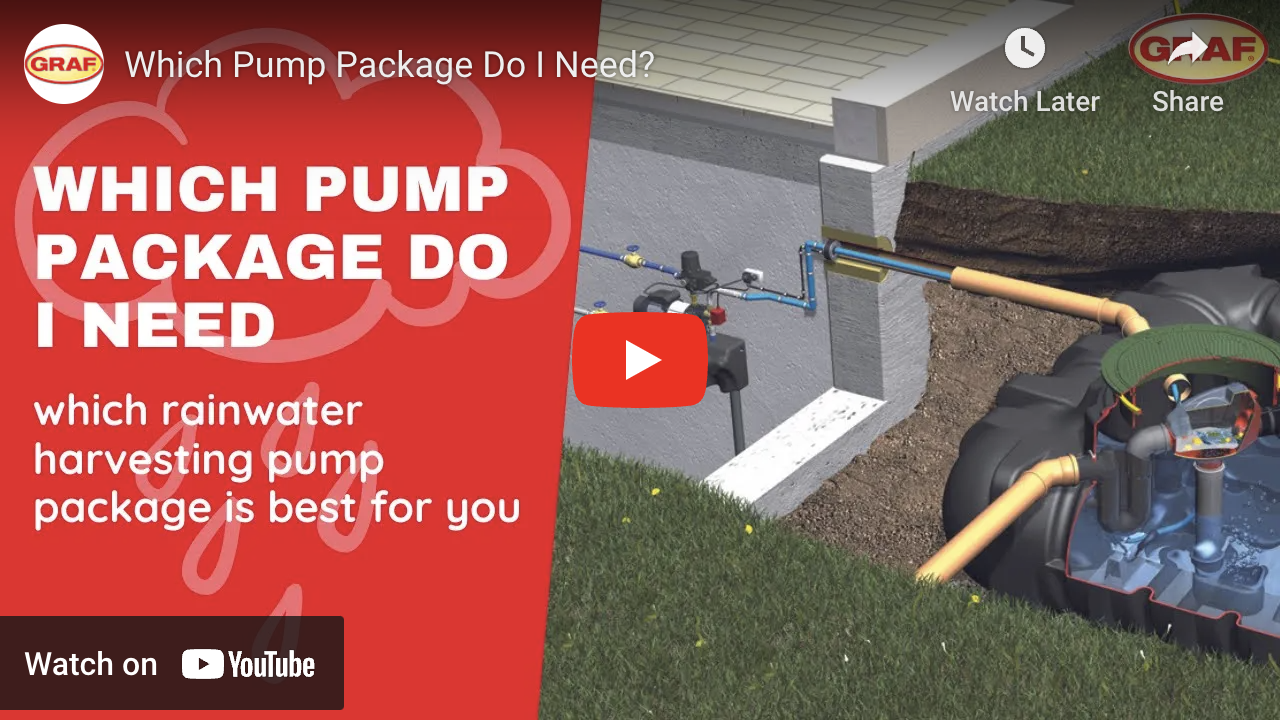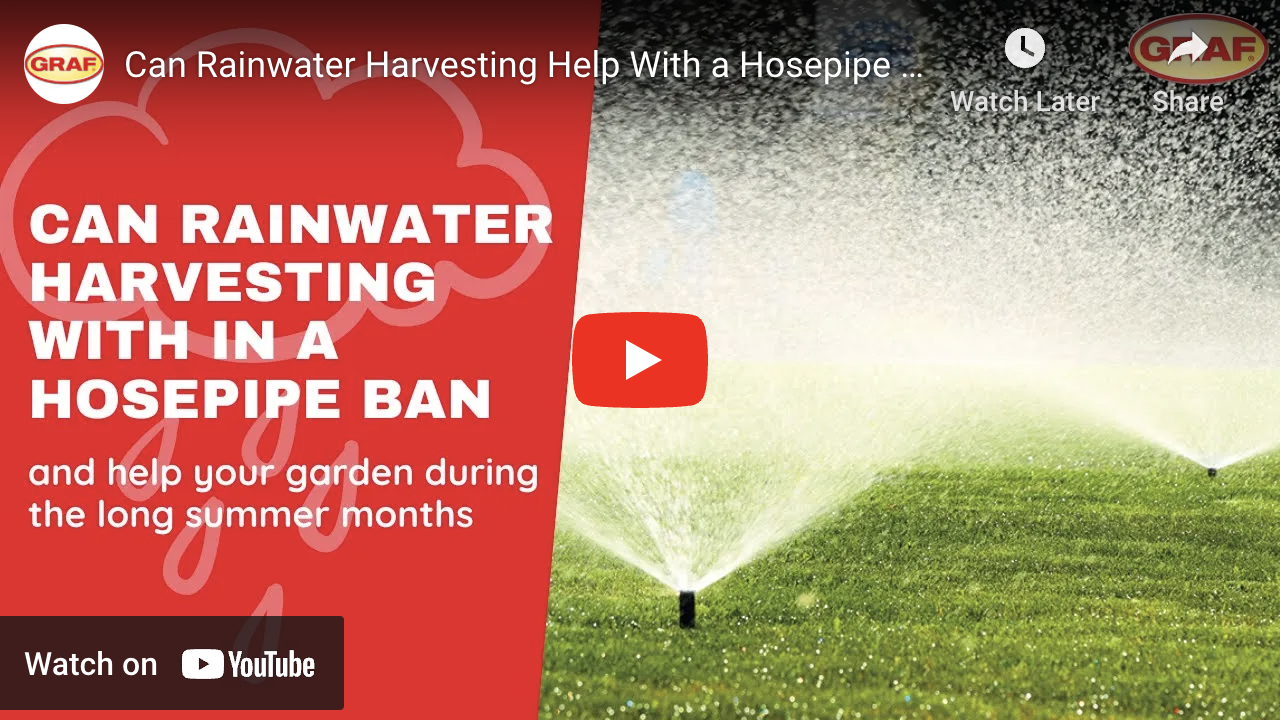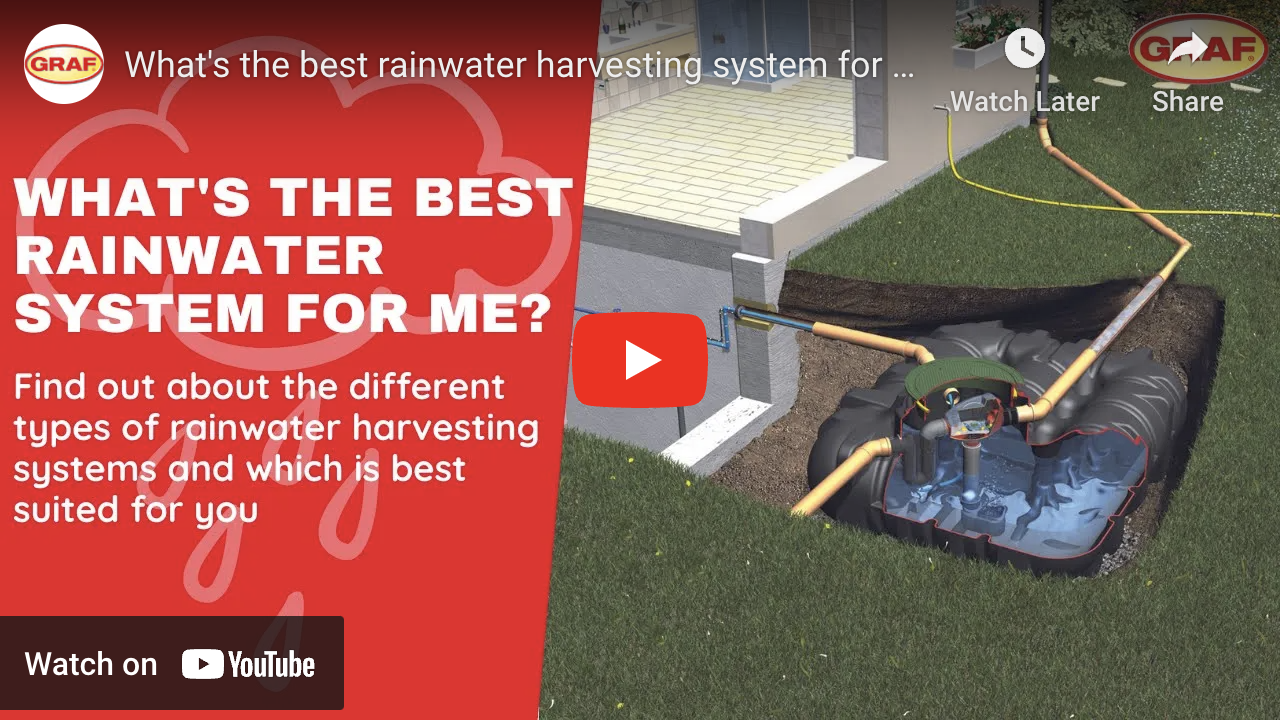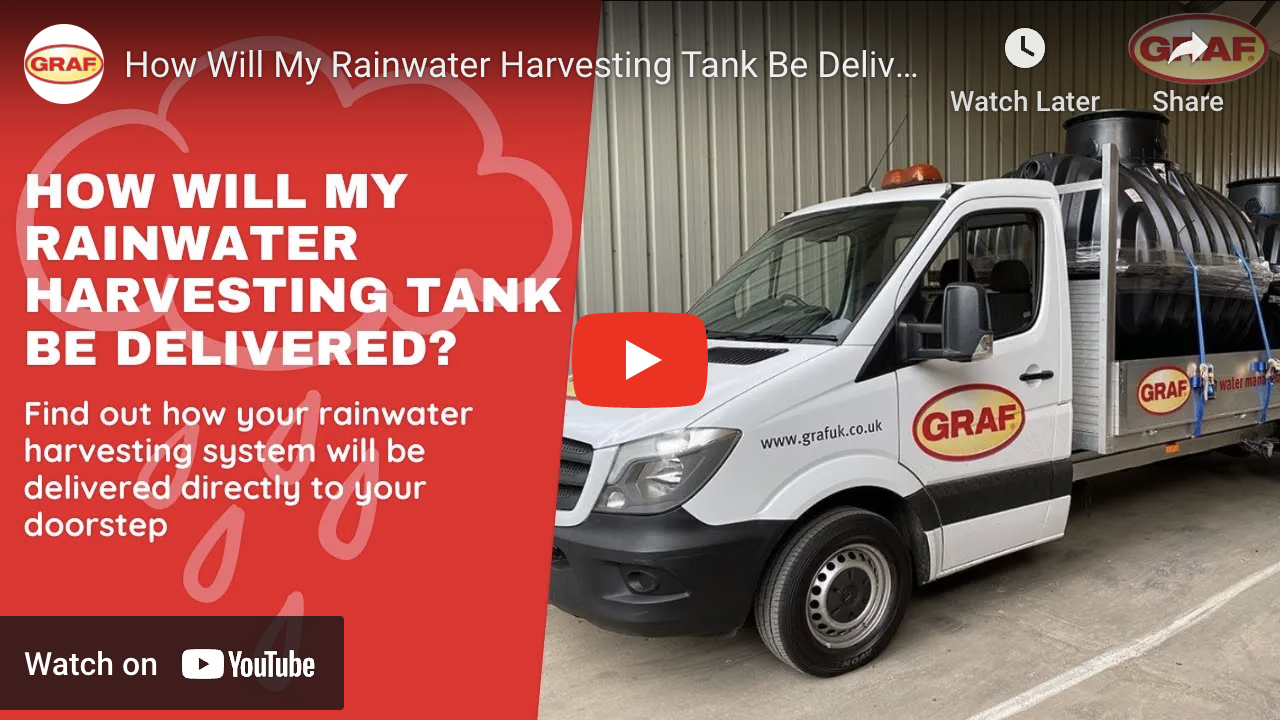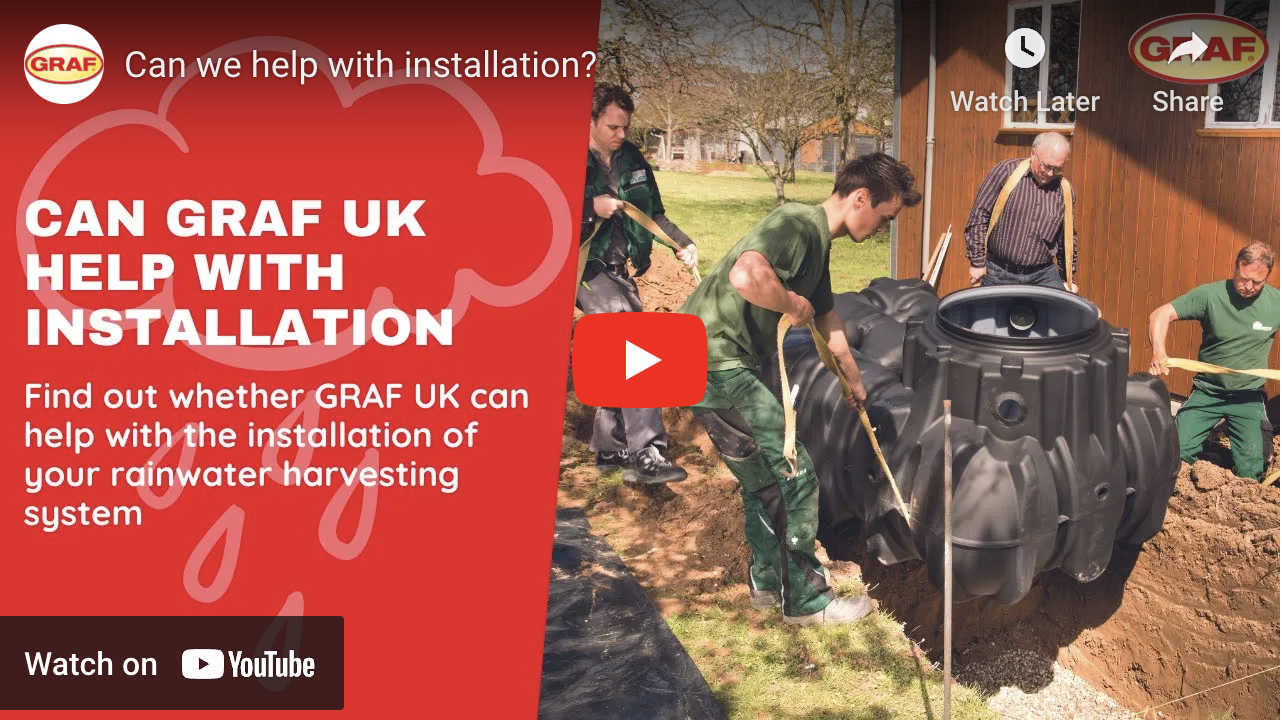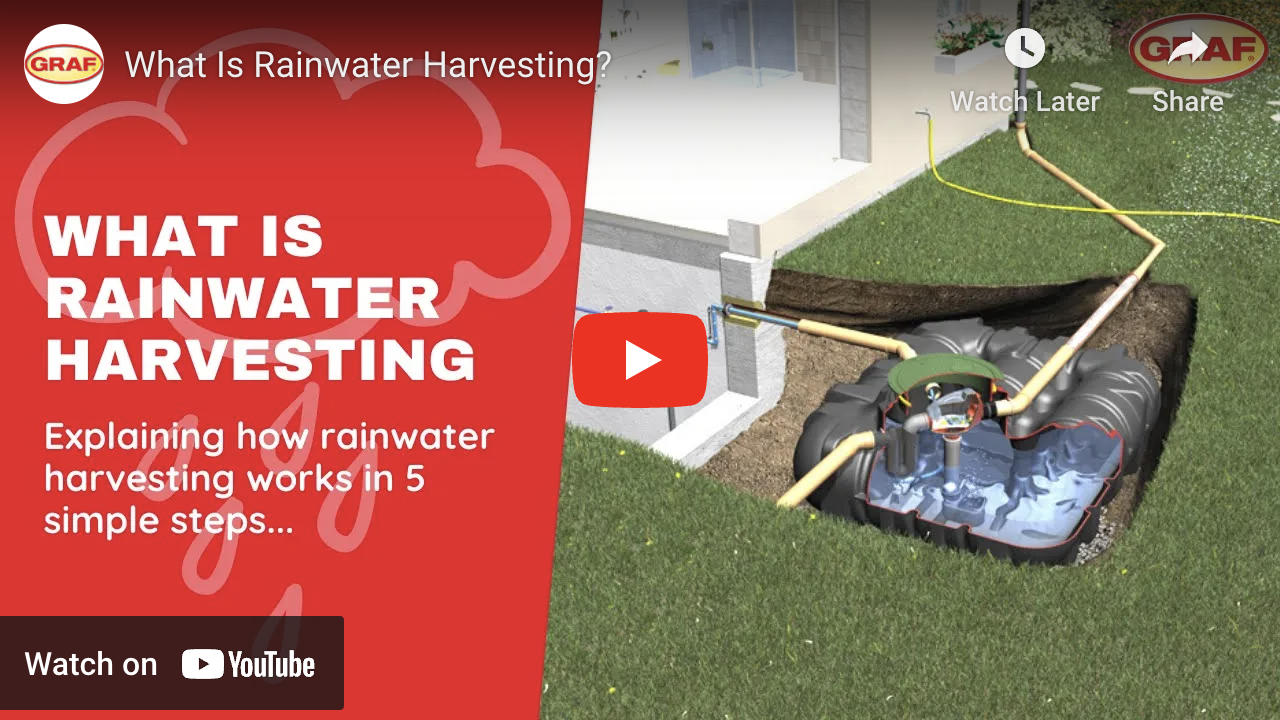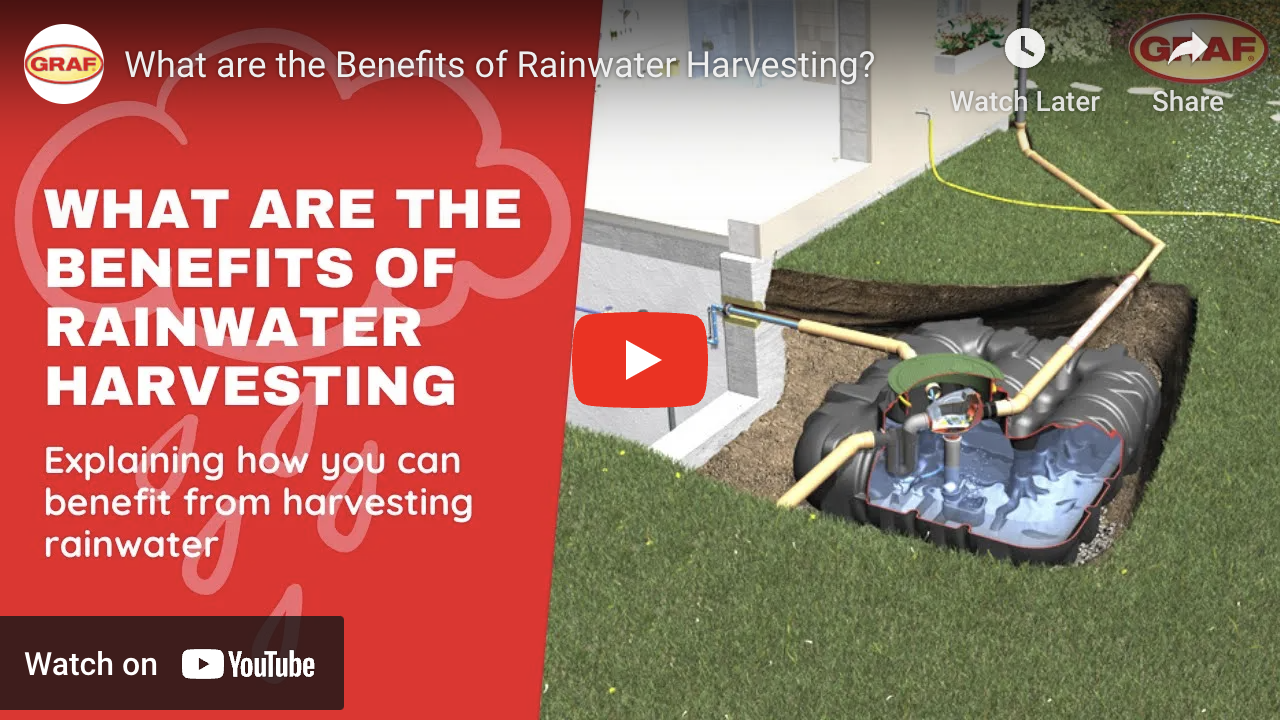Importance of Maintaining Your Rainwater Harvesting System
A well-maintained rainwater harvesting system is a cornerstone of sustainable living, offering a range of valuable benefits tailored to our modern lifestyles. By prioritising regular maintenance, you not only ensure the availability of clean, contaminant-free rainwater for various household uses, but also contribute to water conservation and a healthier environment.
Preserving Water Quality and Storage Capacity
One of the primary advantages of a properly maintained rainwater harvesting system is the consistent access to high-quality water. Regular maintenance routines prevent the accumulation of sediment and sludge in storage tanks, which can compromise water quality and storage capacity over time. By keeping your system clean and efficient, you ensure that the harvested rainwater remains a reliable resource for tasks like watering plants, flushing toilets, and even laundry.
Guarding Against Wear and Tear
Components such as gutters, downpipes, and filters can be adversely affected by weather conditions, temperature fluctuations, and natural degradation. Routine maintenance helps protect these vital components from damage, ensuring that your system remains functional and reliable for years to come.
Safeguarding System Efficiency
Regular upkeep not only preserves water quality and system components but also optimises the overall efficiency of your rainwater harvesting system. Unclean gutters and clogged downpipes can disrupt the flow of rainwater, leading to inefficiencies and water backups. By diligently cleaning collection surfaces, gutters, and downpipes, you prevent blockages and ensure the smooth flow of water, enhancing the overall performance of your system.
Long-Term Sustainability
A well-maintained rainwater harvesting system contributes to a more sustainable future by reducing reliance on traditional water sources. Conserving water through rainwater harvesting alleviates strain on local water supplies, particularly during dry spells or water restrictions. By being diligent about maintenance, you actively participate in a broader movement towards responsible water management and environmental stewardship.
Maintaining Your Rainwater Harvesting System: What You Can Do
To ensure the longevity and effectiveness of your rainwater harvesting system, proactive maintenance is essential. Here’s a breakdown of tasks you can undertake to keep your system running smoothly:
- Regular Gutter and Downpipe Cleaning: Prevent debris accumulation by periodically clearing gutters and downpipes. Use a sturdy ladder and safety equipment, remove leaves and twigs by hand or with a small rake, and rinse with a garden hose to ensure unobstructed water flow. Check downpipes for clogs and inspect for damage.
- Filter and Diverter Maintenance: Filters and first flush diverters keep harvested rainwater clean. Check filters for debris buildup, clean or replace them as needed. Inspect and flush first flush diverters to remove initial dirty rainwater. Regular checks, especially after heavy rainfall, maintain their efficiency.
- Storage Tank Inspection: Regularly examine your storage tank’s lid for cracks, leaks, as well as overflow pipe issues. Monitor water levels to ensure they remain consistent. Periodically clean the tank interior to remove sediment and prevent algae growth. Scrub with a mild detergent, rinse thoroughly, and reseal as necessary.
- Overflow and Distribution System Management: Keep overflow pipes clear and ensure they direct excess water away from structures. Inspect pumps and filters in the distribution system regularly, cleaning them when dirty. Monitor distribution piping for leaks, cracks, or damage, and address issues promptly. Regular use of harvested rainwater prevents stagnation in pipes.
- Algae Prevention and Water Circulation: Algae growth and water stagnation can affect water quality and system efficiency. Consider shading storage tanks to discourage algae growth. Use rainwater consistently for irrigation or household activities to prevent stagnation.
- Seasonal Considerations: Adjust maintenance tasks based on the season:
- Spring: Clear gutters, filters, and tanks after winter debris buildup.
- Summer: Monitor tank water levels and ensure proper distribution system function.
- Autumn: Clear fallen leaves from gutters and inspect the system for pre-winter readiness.
- Winter: Check exposed components for freezing if above-ground.
By actively engaging in these maintenance tasks, you’re ensuring the efficiency, durability, and sustainability of your rainwater harvesting system. A well-maintained system not only benefits your household but also contributes to responsible water usage and environmental preservation. Regular maintenance fosters a harmonious relationship between your system, the environment, and your commitment to a greener future.
Professional Rainwater Harvesting System Maintenance: Expert Care for Optimal Performance
When it comes to the maintenance of your rainwater harvesting system, seeking the expertise of a professional company can provide peace of mind and ensure the system’s longevity and efficiency. Here’s what a reputable company typically offers in terms of rainwater harvesting system maintenance:
- Gutters/Downpipes: Annually, inspect gutters and downpipes for leaks or blockages caused by debris build-up. If necessary, clean gutters up to a height of 6 meters to ensure proper water flow and system efficiency.
- Filter: Annually, assess the condition of the filter and clean it if needed to maintain optimal water quality and system performance.
- Storage Tank/Cistern: Annually, examine the tank for leaks, ensure there is no debris buildup, verify tank stability, and confirm the cover is correctly fitted to maintain rainwater quality and system integrity.
- Pumps and Pump Control: Annually, inspect for leaks and corrosion, conduct a test run, and verify the gas charge within the expansion vessel or shock arrestors to ensure the proper functioning of the pump and control system.
- Back-Up Water Supply: Annually, verify the correct functioning of the back-up supply, check for leaks, and ensure that air gaps are maintained to ensure the reliability of the system.
- Wiring: Annually, conduct a visual check to ensure that the wiring is electrically safe, promoting the overall safety of the system.
- Pipework: Annually, check for leaks, ensure pipes are watertight, and verify that overflows are clear, maintaining the efficiency and functionality of the system.
- Markings: Annually, verify that warning notices and pipework identification are correct and in place, ensuring safety and proper system identification.
- UV Lamps Inspection/Maintenance: Every 6 months, clean UV lamps, and replace them if applicable/necessary, to maintain effective water treatment.
By engaging a professional company for your rainwater harvesting system maintenance, you’re investing in the system’s effectiveness, longevity, and overall performance. Their expertise, specialised equipment, and dedication to sustainable water practices ensure that your rainwater harvesting system continues to provide clean, eco-friendly water for various applications.
Ensure Your Rainwater Harvesting System’s Future
Maintaining your rainwater harvesting system is vital for its efficiency and longevity. Regular upkeep safeguards clean rainwater supply and supports sustainability.
Professional maintenance services offer expertise to ensure system optimisation. Our team at Graf UK provides tailored plans to keep your system running smoothly. Don’t let maintenance myths hold you back. Contact us at 01608 661500 or info@grafuk.co.uk to schedule an appointment and secure your rainwater harvesting system’s future.

